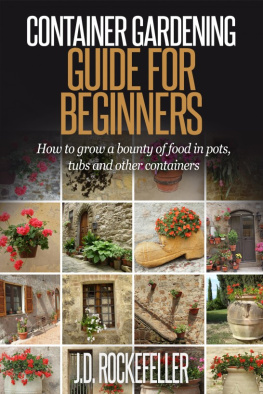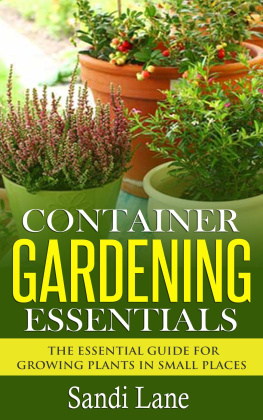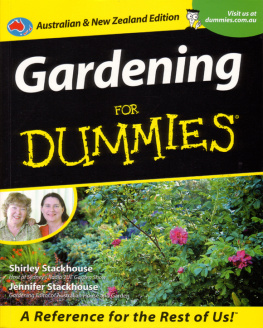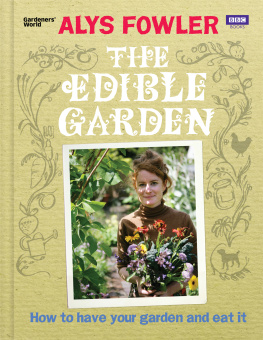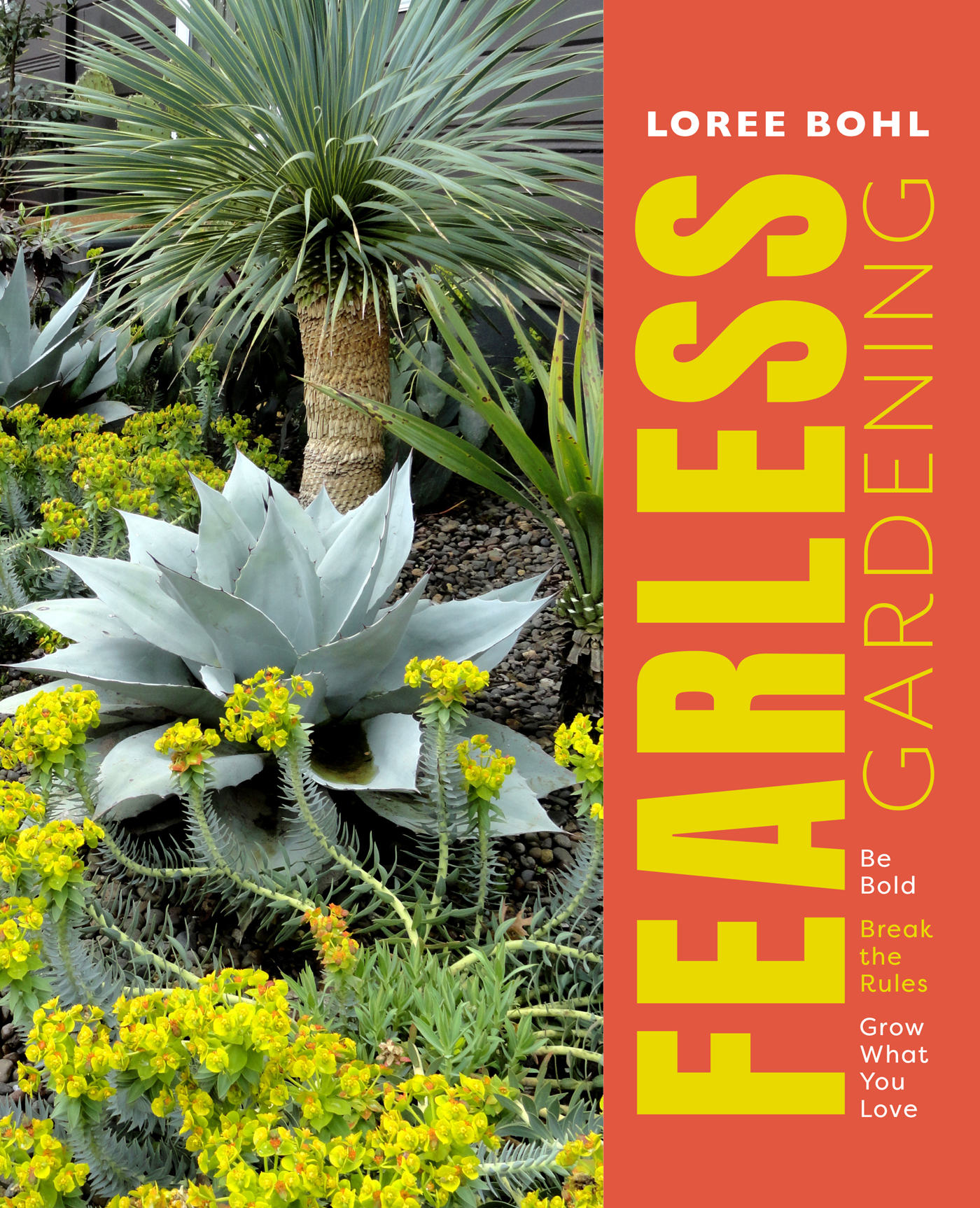Contents
Guide
Page List
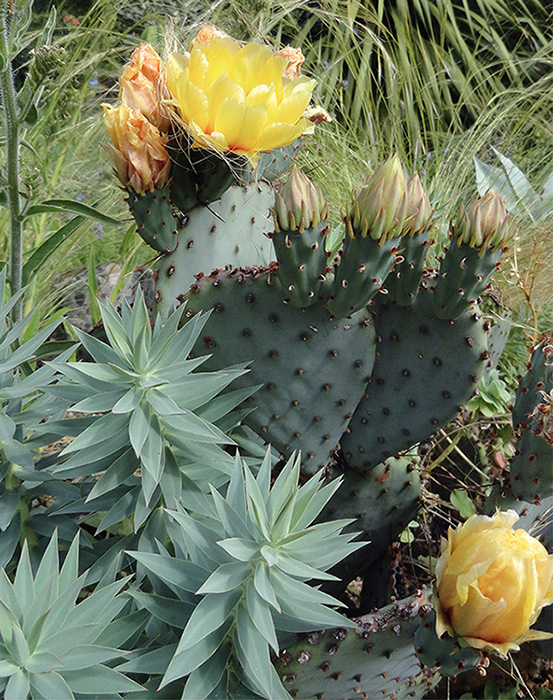
A blooming cactus (likely Opuntia Santa Rita) and Euphorbia rigida, flourishing not in the desert Southwest, but at McMenamins Kennedy School in Portland, Oregon.
FEARLESS
GARDENING
Be Bold
Break the Rules
Grow What You Love
LOREE BOHL
To every gardener
who has ever thought,
but I cant or I shouldnt,
yes you can and yes
you should.
CONTENTS
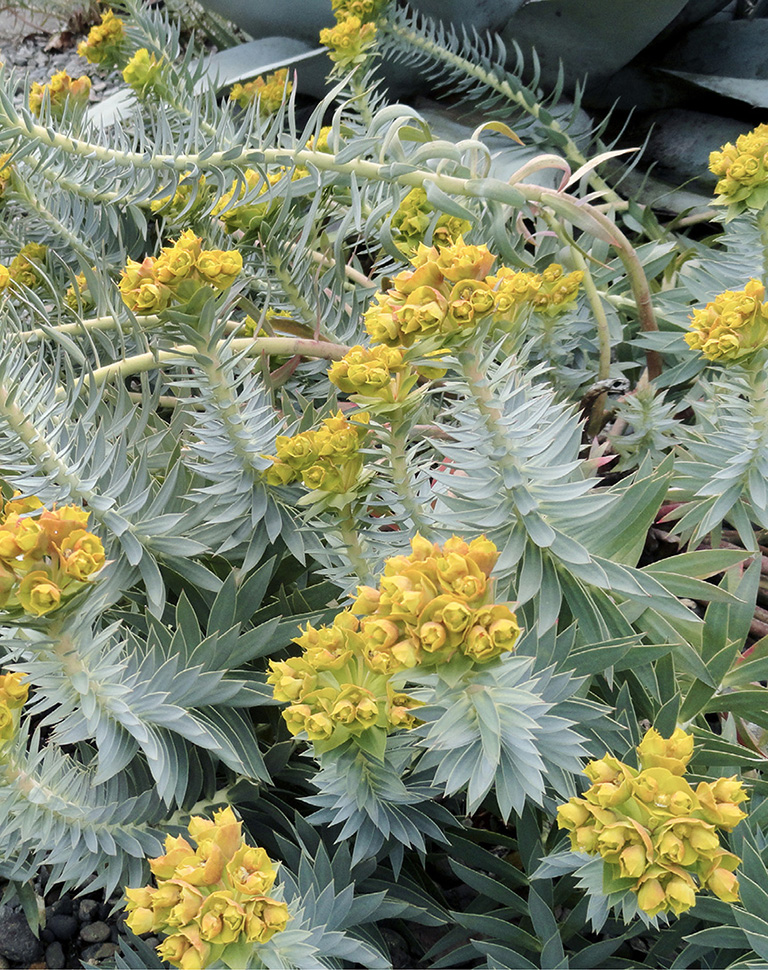
Euphorbia rigida blooms in my garden.
INTRODUCTION
I want to inspire you to look at plants differently and see your garden through new eyesto treat gardening as an adventure, to embrace the freedom to explore a new type of plant, and then to plant it just because you want to. Why not surround yourself with plants you love? Who cares if theyre not supposed to be planted together, might eventually crowd each other, or arent everyones cup of tea? Its your garden and you should love it; you should be having fun.
Gardening is an opportunity to create something completely personal and to see your dream become a reality. At its most inspiring, I find gardening to be a series of experiments: exciting, challenging, and sometimes surprising experiments. Although it shouldnt be the case, many gardeners need permission to try things and make mistakes. By the power vested in me as the author of this book, I hereby grant you that permission. Gardening is not a straight line. There are many detours along the way, and thankfully, you never actually arrive at the finish. Gardening is my passion; I hope it is or will be yours, too.
People think about the word fearless to mean without fear, but I see it to actually mean with fear but you did it anyway.
Luvvie Ajayi, writer, activist, self-proclaimed professional troublemaker
After gardening in containers and on windowsills for years, I finally became a home and garden owner. It was time to plant, but I couldnt decide where. I circled my front yard with two tiny bare-root peonies in my hands, searching for the perfect spot to plant them. Obviously, a decision so significant could not be made lightly. I considered what seemed to be all the important things, like how I would move through the garden, the color of the flowers, and how often I would see them and smell their seductive scent. I thought about what I wanted my garden to say about me to the neighborhood. I may have given the peonies light requirements and their eventual size a passing thought, but I wouldnt bet on it. I finally planted them. Then I realized I had made a horrible mistake, dug them up, and replanted them in what seemed like a better spot. I ended up moving those damned peonies so many times that I finally killed one of them. The remaining one found a home in a perfectly picturesque spot near the living room windowright in front of the hose bib. I was unfamiliar with the devastation an unruly rubber hose could wreak on a plant.
Id like to say the fear and uncertainty that gripped me that day was a one-time thing, but I felt it again and again as I made my first garden. Gardening is serious business, I thought at the time, and sometimes still do. As with all things serious, I knew there were rulesGardening Commandments, the right way to do it. Doing it wrong would have serious consequences. Its perfectly natural to fear doing something wrong, to make mistakes. Plus, plants are scary; theyre living things with needs. Who wants to fail dramatically in front of the neighbors, with dead plants and wasted money?
Given the fact that the most spectacular gardeners are the ones that fail the most spectacularly, its really critical to get over your fear of failure. Its an indication of your adventurousness. So many home gardeners are afraid of the failure because they are disempowered when in fact theres no other way to learn other than to laugh at your failures and try again Good gardening is not about knowing it all and guaranteed success; its about accepting the mystery and ambiguity of the process.
Michael McCoy, in The Planthunter online
I developed an obsession with the desert Southwest on a long-ago business trip to Arizona. The plants and gardens there were unlike anything Id seen before, so different from those back home in the Pacific Northwest. I was particularly taken with agaves; they were unbelievablelike spiky sculptures come to life. I wanted to surround myself with them and began growing a few small ones in containers when I returned home. They vacationed on my patio in Spokane, Washington, during the summer and I brought them back inside the house for winter. I was happy with this arrangement.
Shortly after moving to Portland, Oregon, everything changed. People who dont live here think it rains all the time, and truth be told we can grow a mean patch of moss without even trying. Imagine my surprise when I spotted a large Agave parryian agave, the plant of the desertgrowing in the ground here in Portland. It was actually growing in a pocket of a rock wall, but all I saw was an agave in the ground. Rain be damnedI had moved to a place where I could finally plant these sculptural beauties in the ground! At that moment, I saw my future garden and knew there would be agaves, a lot of them.
A year later, when I finally had a garden, I bought an agave and put it in the ground. I was thrilledthen winter came. That poor agave rotted and became a pile of dead, stinky mush. This could have been the end of my agave dreams, but I was not willing to give up. I tried again and again, and eventually, I hit upon the right combination of species, a good location, and adequate soil preparation. Now several agaves are thriving in my garden. I did it poorly until I did it well. I made mistakes and I learned from them. Thats when I began to garden fearlesslyor, as Luvvie Ajayi would say, with fear, but I did it anyway.
My garden will never be finished. Im constantly learning about plants, about gardening in my climate, and about design, so what I want from my garden changes. I gardened for two years at my first home and barely scratched the surface of what I wanted that garden to be. Ive lived in my current home for more than a decade and Ive planted trees that have almost grown to maturity. Ive witnessed several of my plants die from harsh winters. Ive torn out and redesigned entire sections of the garden that originally thrilled me, then became boring and prompted me to try for something better. I keep learning, and I continue to expand what my garden can be.
I begin this book with an introduction to a pair of women who created exceptional gardens and whose approach to doing so inspires me. Then I share a few Gardening Commandments you may have heardideas that at first intimidated me, but over the years Ive retooled to suit my style and needs. I encourage you to do the same. The next section looks at how to go about creating a garden youll love: defining what it means for a garden to be in good taste and acknowledging that plants are going to dieand that sometimes thats a good thing. Ill introduce you to cramscaping, one of my favorite terms, and share tips that will help you identify your own style.



